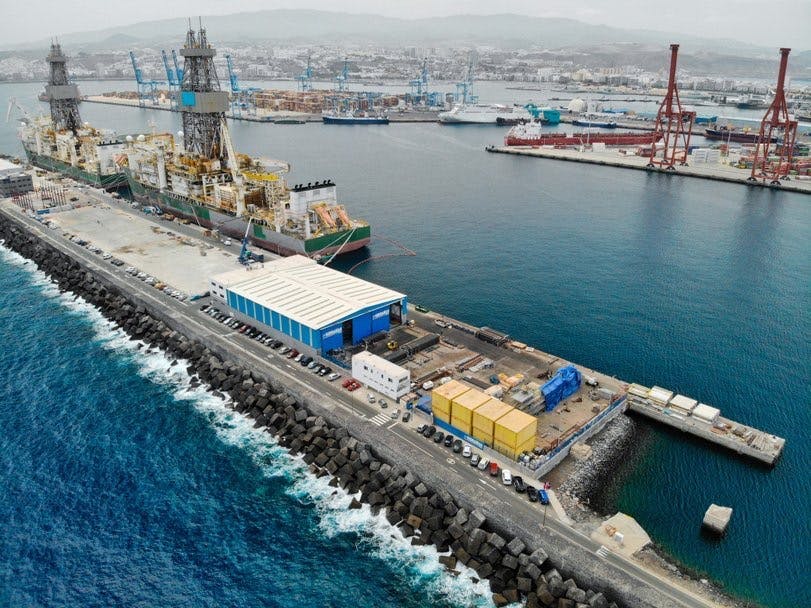Floating OTEC prototype set for year-long trials offshore the Canary Islands
Offshore staff
LONDON — Construction will start shortly of a structure housing floating Ocean Thermal Energy Conversion (OTEC) technology for application in harsh environments.
The scaled platform, developed as part of the EU-funded project PLOTEC project, will be installed at a test site in the Canary Islands.
It will comprise a cylindric hull, a cold-water riser pipe and a gimbal connection point. AGRU in Austria is fabricating the pipe while the hull is under construction at the Hidramar Shipyard in Gran Canaria, with completion scheduled for June.
Following these deliveries, the 1:5 prototype structure will be assembled and installed at the Oceanic Platform of the Canary Islands (PLOCAN), 3 km from the coast. It will operate in the conditions of the Atlantic Ocean for about 12 months.
Computer simulations and a scaled tank test conducted last year in London are said to have confirmed the functionality of the OTEC structure. Findings from the PLOTEC trials will support future marine engineering design and development of novel materials, while the computational modeling should improve accessibility of the OTEC technology, the design and materials to other emerging offshore floating energy and marine devices.
PLOTEC is a consortium between Global OTEC (UK), Cleantech Engineering (UK), WavEC Offshore Renewables (Portugal), PLOCAN (Spain), Quality Culture (Italy), Agru Kunststofftechnik (Austria) and University of Plymouth School of Engineering, Computing and Mathematics (UK).
The aim is to support renewable energy accessibility in small island developing states that are subject to severe weather conditions. These nations rely for power mostly on diesel generators.
The full-scale OTEC structure is designed for tropical storm survivability and can be disconnected in the event of extreme conditions and transferred to a safe harbor until the storm passes.
At that point, it can be sent back to the offshore location and reconnected to start generating electricity, harnessing the constant warmth of the surface seawater in the tropics.
“This prototype will provide us with the perfect opportunity [to] test our cylindrical hull and gimbal solutions in 20-m equivalent waves and hone our offshore connection and disconnection procedure allowing us to maximize asset lifetime and availability even in storm prone regions,” said Sam Johnston, lead engineer at Global OTEC.
03.05.2024

